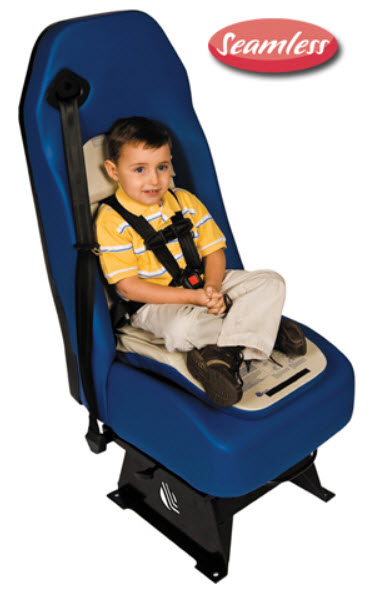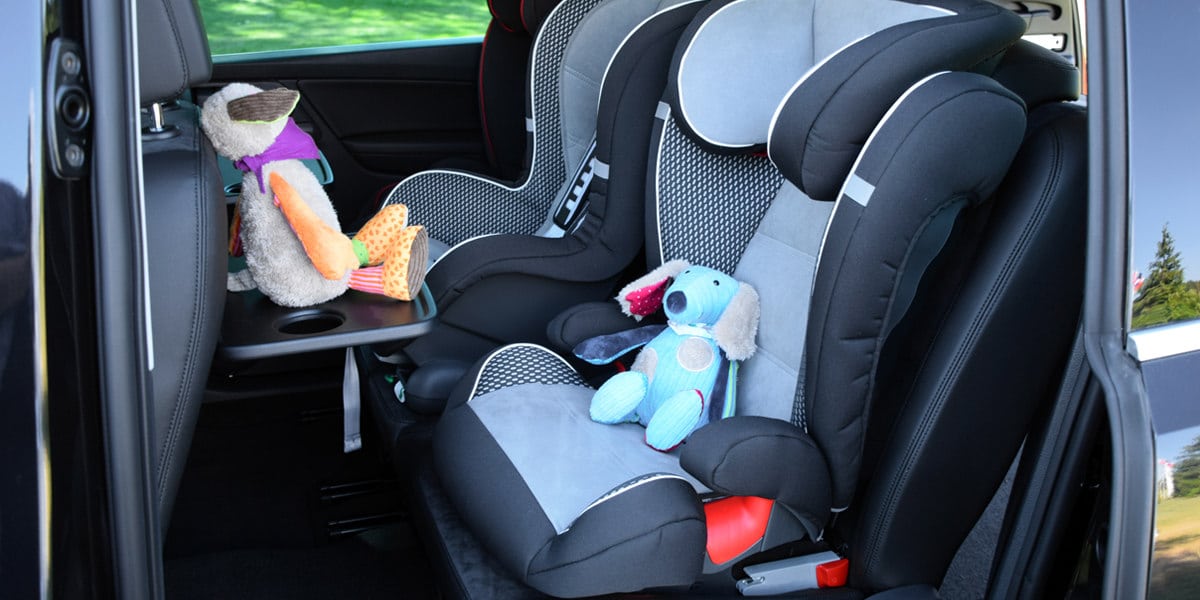

These seats allow larger infants and toddlers with special health care needs to ride rear-facing longer. Many convertible child safety seats can be used rear-facing to weights as high as 30-40 pounds. Maintain an appropriate semi-reclined angle during tolerance testing and vehicle installation.Īccording to current safety recommendations, children are best protected in a crash if they are seated facing the rear of the vehicle until they are about two years of age or have outgrown the rear-facing weight or height maximums for the restraint. If babies weigh less than five pounds, select a seat with a lower minimum weight limit. Select seats with smaller internal dimensions for low birth weight and premature infants who do not experience cardio-respiratory events. Some support systems are designed specifically for use by premature or smaller babies. Many rear-facing seats come with head support systems that provide adequate lateral support for babies.

Weight maximums as high as 30-35 pounds are not uncommon and allow some children with special health care needs to ride rear-facing longer. Rear-facing seats, which include rear-facing only and convertible seats, provide appropriate protection for many children with medical conditions. Seats with harnesses to higher rear and forward facing weight limits have increased the number of conventional restraint options available for children with special health care needs.Īmerican Academy of Pediatrics Conventional Car Seat Product Listing – Includes weight and height limits, pricing, and is separated by Rear-Facing Only Seats, Convertible Seats, All-in-One Seats, Combination Seats, and Belt-Positioning Booster Seats, Travel Vests, and Other Seats. Examples include rear-facing only, convertible, combination forward-facing/booster seats, and belt-positioning boosters. Conventional restraints can be purchased at retail stores and are not specifically designed for children with special health care needs. Conventional restraints are defined as those restraints that meet Federal Motor Vehicle Safety Standard 213. Child Safety Seats for Children with Special Health Care Needs CONVENTIONAL CHILD PASSENGER SAFETY RESTRAINTS AND CHILDREN WITH SPECIAL HEALTH CARE NEEDSĬonventional child passenger safety restraints are appropriate for many children with special health care needs.


 0 kommentar(er)
0 kommentar(er)
